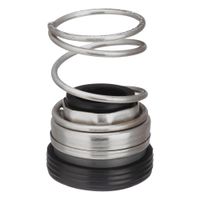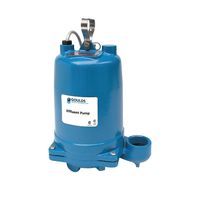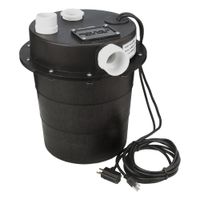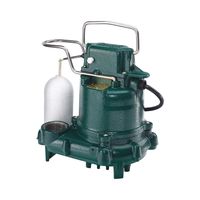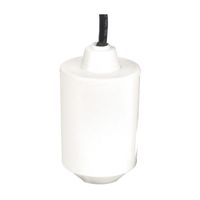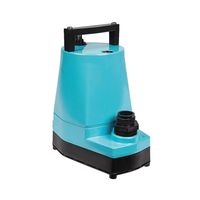Sump, Sewage & Utility Pumps
Sump, sewage, and utility pumps drain liquids from flooded areas and basin sump pits to prevent flooding. Primary sump pumps drain water from sump pits in basements to prevent damage to homes and belongings. Sewage and effluent pumps dispose of wastewater from drains or septic systems. Marine bilge .....Read More
Frequently Asked Questions
What is the difference between a sump pump and a sewage pump?
How do I choose the right size sump pump for my basement?
How often should a sump pump be serviced or replaced?
What are the signs that a sump pump is failing?
How do I install a sump pump in my basement?
What is the average lifespan of a sewage pump?
How do I maintain a marine bilge pump?
What should I do if my sump pump alarm goes off?
How do I troubleshoot a utility pump that isn't working?
Can a sump pump handle water with debris or solids?
